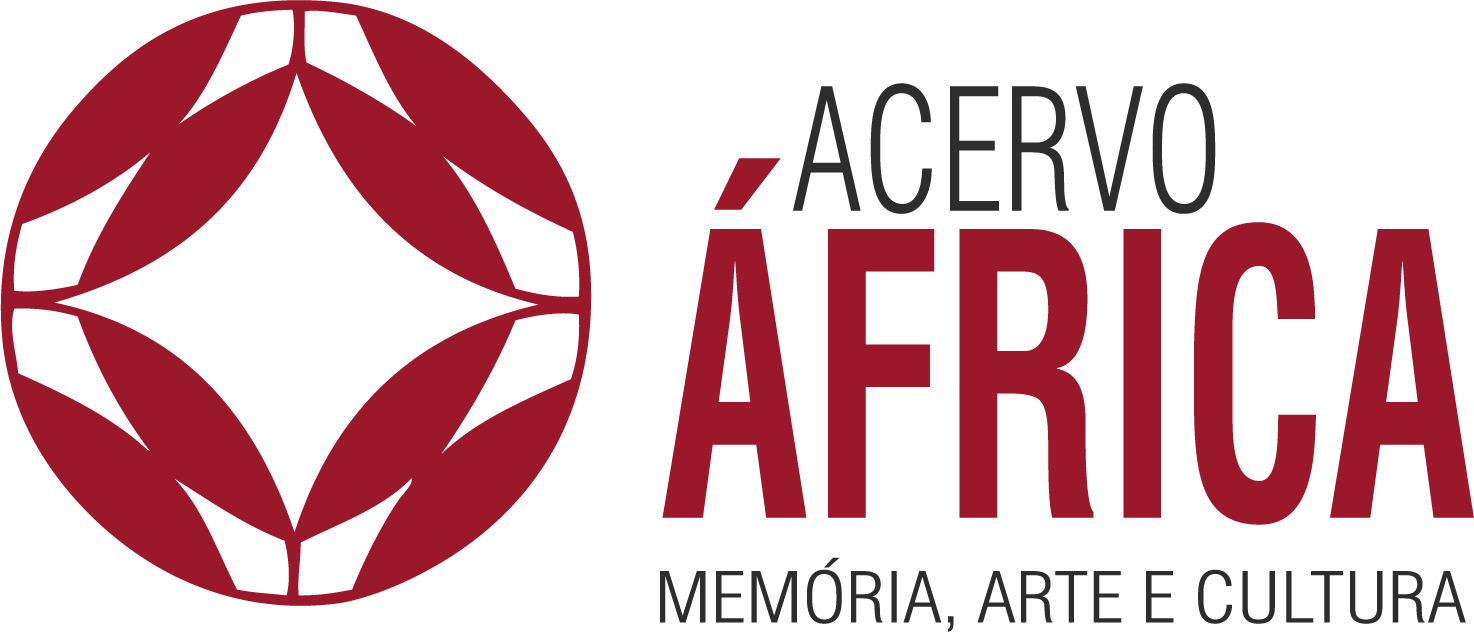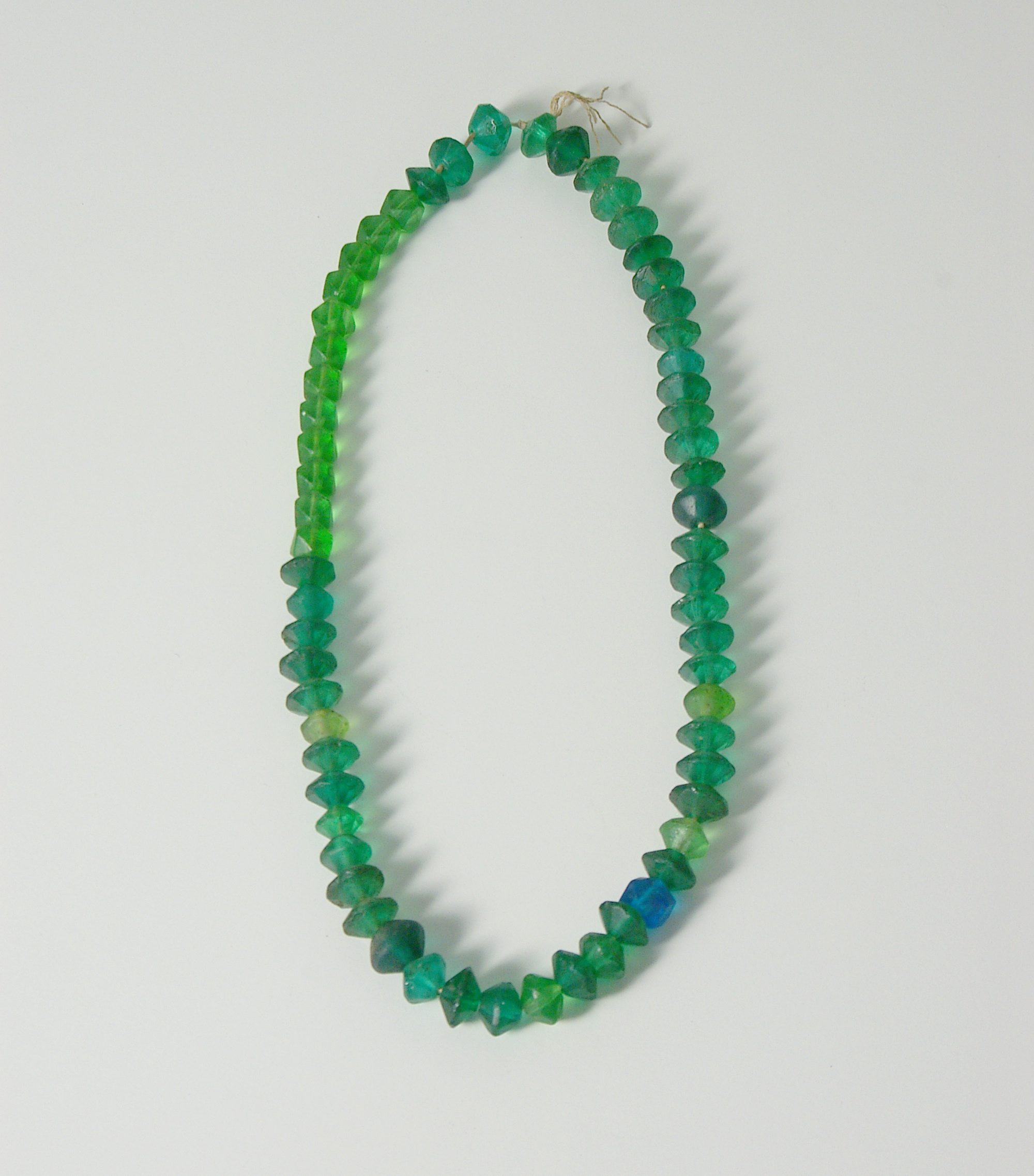Descrição
Colar de contas de vidro facetadas conhecidas como contas de vaselina. Produzidas na Europa para o mercado africano. Contas de trocas.
O termo "vidro de vaselina" aplica-se vagamente a um processo em que o urânio é adicionado como agente químico ao vidro. Não são vidros de vaselina de urânio, mas seu formato é o mesmo e são comumente conhecidos como "contas de vaselina". Durante o início do século XIX, os fabricantes de vidro da Europa Central começaram a usar o urânio como uma boa forma de fazer vidro amarelo e verde. Quando adicionado ao vidro, geralmente na forma de óxido, o urânio produz cores que variam do âmbar, todos os tons de amarelo, verde maçã brilhante e quando adicionado a uma mistura de vidro com níveis muito elevados de chumbo produz uma cor vermelha profunda. Durante a última parte do século 19, alguns vidros com urânio foram feitos com produtos químicos sensíveis ao calor que se tornaram brancos leitosos quando reaquecidos, produzindo um efeito de sombreamento do amarelo ao branco leitoso. O vidro feito com esse processo específico foi denominado “Vidro de Vaselina” porque se assemelhava à pomada de vaselina, que na época era de cor amarelada. Todas as cores de vidro com urânio apresentarão uma bela fluorescência quando expostas à luz ultravioleta. As contas de vidro de vaselina são geralmente um pequeno formato de bicone com oito facetas em cada extremidade e variam em cores do amarelo ao vermelho. A maioria deles foi produzida na Europa em meados do século XIX. Durante este período de produção as contas foram lapidadas à mão e tinham perfurações cônicas. Houve um período de renascimento da produção de contas estilo "vaselina" em meados do século 20 e as contas mostradas aqui são desse período. Você também pode ver o vidro "vaselina" usado em vasos, compotas, tigelas, castiçais e outras peças utilitárias.
Medidas
comp. 32 cm

